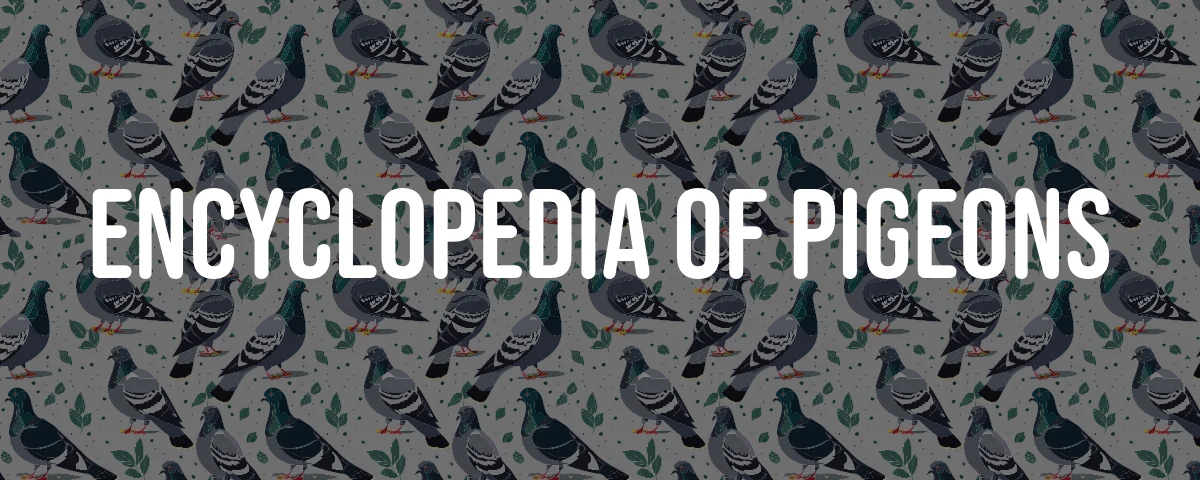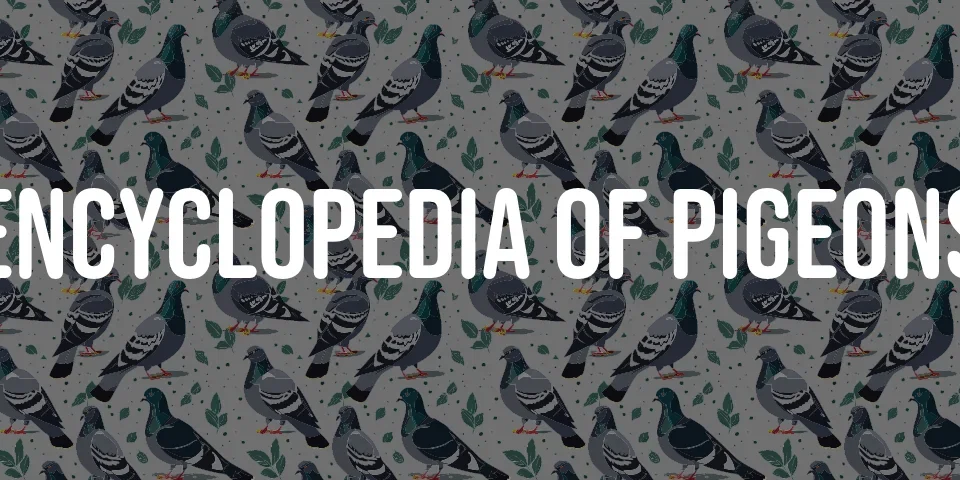The Piacentino pigeon is a domestic breed with a rich history and distinctive physical characteristics. Originating from the Emilia-Romagna region of Italy, particularly the countryside around Piacenza, this breed is known for its robust constitution and has been a subject of selective breeding since the nineteenth century. The Piacentino pigeon is not only a symbol of Italian avicultural heritage but also an example of the diversity within domestic pigeon breeds.
History and Origin
The first evidence of the Piacentino pigeon dates back to the nineteenth century. It is believed to have been developed by crossing large indigenous pigeons with Roman and Bagdad pigeons. The breed has its roots in the Emilia Romagna region, specifically in the neighboring countryside of Piacenza. The historical significance of pigeon breeding in Italy is well-documented, with references to pigeon lofts housing thousands of birds and individual pairs being highly valued.
Italian pigeon breeding has ancient origins, with the Greeks introducing pigeon breeding to Magna Grecia and from there spreading rapidly to Rome and other parts of Italy. Notable historical figures such as Varrone Latino and Columella have written about pigeon breeding practices, and pigeons played a role in historical events, such as the siege of Modena in 43 B.C..
Physical Characteristics
The Piacentino pigeon is a large-sized bird with a strong and horizontal body posture. It has a wide chest and a robust constitution. The breed is characterized by a smooth, convex, and well-rounded head, which forms a continuous line from the beak to the neck. The eyes are large with dark or orange-red irises, depending on the coloration of the bird, and are surrounded by broad, bright red eyelids.
Key Data Table
| Feature | Description |
|---|---|
| Size | Large |
| Weight | 850 grams (females), 900 grams (males) |
| Body Length | 34-36 centimeters (beak to tail) |
| Height | 31-33 centimeters |
| Head | Large, smooth, convex |
| Eye Color | Dark iris (white coloration), orange-red (other colorations) |
| Beak | Medium length, pink (white pigeons), light horn (other colorations) |
| Chest | Wide, prominent, rounded |
| Back | Wide, carried horizontally |
| Wings | Large, tightly fitting shields |
| Tail | Medium length, compact, slightly raised |
| Legs | Sturdy, medium-length, well-spaced |
| Thighs | Clearly visible |
| Fingers | Well-defined |
Behavior and Breeding
Piacentino pigeons, like many domestic pigeon breeds, exhibit strong pair-bonding behavior and are known for their dedication to their mates and offspring. They are involved in all aspects of nest building and rearing of the young. The breeding practices for Piacentino pigeons, as with other breeds, require careful management to ensure the health and continuity of the breed.
Conservation and Genetic Diversity
The Piacentino pigeon, along with many other pigeon breeds, faces the threat of declining numbers. There are approximately 1050 pigeon breeds in Europe, and many are endangered. Conservation efforts are crucial to maintain the genetic diversity and heritage of these breeds. Studies have been conducted to characterize the genetic diversity of Italian pigeon breeds, including the Piacentino, to understand their relationships with other European lineages.
Interesting Facts
- The Piacentino pigeon’s breeding and use likely began with the Greeks in Magna Grecia and quickly spread to Rome and Italy, particularly around Modena.
- Historical accounts suggest that pigeons, including the ancestors of the Piacentino, were used as messengers during sieges, such as the one in Modena in 43 B.C..
- The Piacentino pigeon has contributed to the gene pool of feral pigeon populations, particularly in regions with a long tradition of pigeon breeding.






